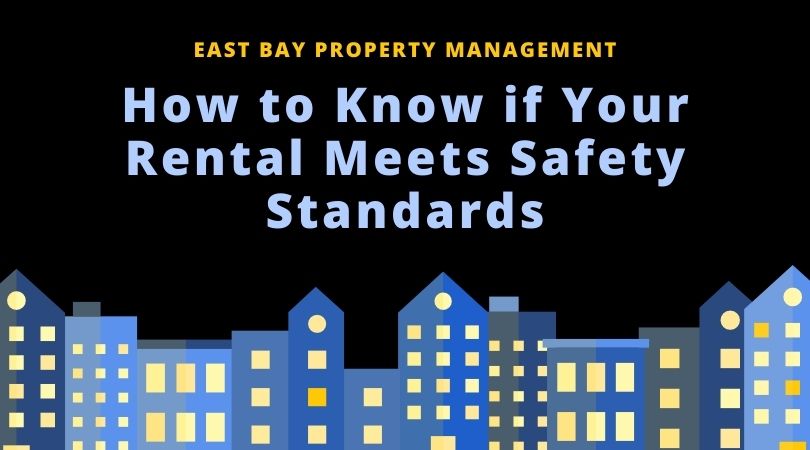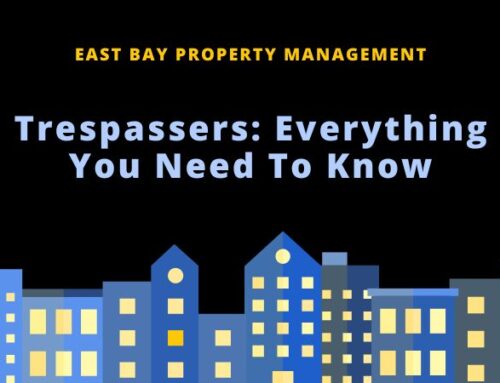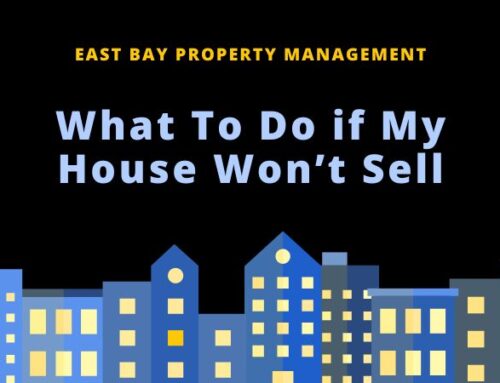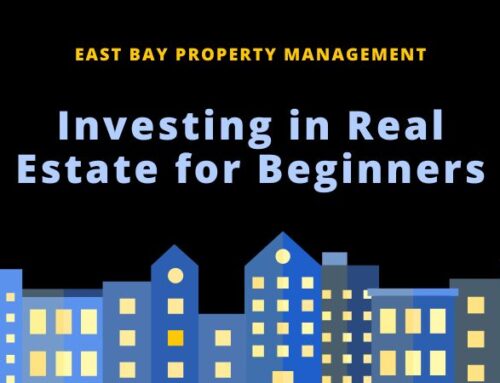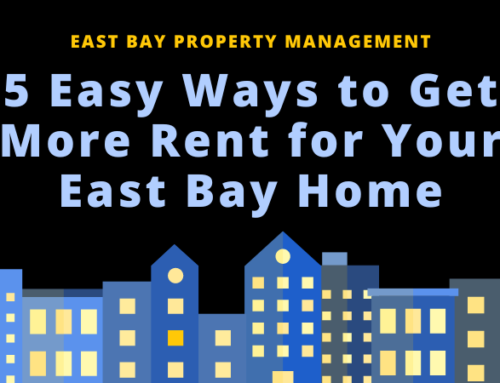Landlords have a number of responsibilities. Among them is ensuring strict adherence to state and local safety codes.
A safe home goes beyond just making sure there’s an alarm system installed. There’s an array of other potential dangers that your home could be exposed to; for example, a fire could break out when you least expect it due to poor home maintenance.
That’s why it’s important to review the occupancy certificate when you first buy a property or turn your home into a rental. This will help you verify whether or not the home meets all the basic habitability codes.
The following are some tips to help you know whether or not your rental meets the minimum safety standards in California.

1. Heating System
If your home has a malfunctioning heating system, the odds of a fire breaking out or causing a dangerous leak will be higher – especially during the winter. In addition, it can cost more to run.
Therefore, make sure to inspect the heating system at least once a year to ensure it’s working properly.
The following are some signs of a faulty heater:
- Unusual sounds.
- Delays in heating.
- Inadequate heat.
- Abnormal odors.
- Leaking water.
If you notice any of these issues, make sure to seek help from a professional or contact your property manager.
2. Electrical System
The minimum habitability codes also require that a rental home has a properly functioning electrical system.
Is the electrical installation in your home conform to current regulations? If not, this can get you in trouble with local authorities.
Currently, electrical installations need to be embedded in metal conduits or walls. Furthermore, electrical panels are required to have different switches.
Also, wiring and sockets for phone and television installations need to have at least 2 sockets each for a 1- or 2-bedroomed house, and at least 3 for a 3-bedroomed home or more.
As you’d imagine, an electrical installation in bad condition can be life-threatening. For instance, faulty switches or wiring can lead to electrocutions and even fires. If your property is old, consider redoing the entire electrical installation before renting it out.
3. Walls, Flooring & Ceilings
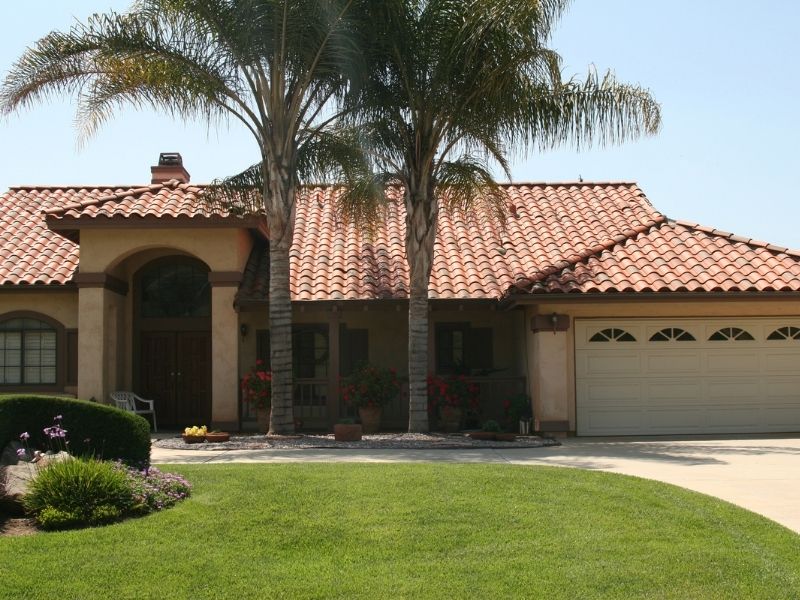
The floor surface needs to be not only waterproof, but also non-slip and without cracks. This helps keep the risk of falls low, especially when elderly people and children are involved.
Also, as each room serves a different purpose, each floor needs to be of a distinct type.
Walls also need to meet certain requirements. At minimum, they need to be waterproof, smooth, and with no cracks. The outer coating also needs to be in good condition. That is, without rotting paint, missing boards, or damage.
When it comes to the ceiling, it should be 3 meters or more and insulated.
4. Doors & Windows
According to one study, over a third of thieves enter a home via the front door. So, before you rent out your property, inspect your doors to make sure they’re secure enough to keep your tenants safe.
Make sure to check the strength of frames, hinges, and wood. If there’s a mail slot, make sure that it’s impossible for someone to use it to open the door. You can even go a step further and install a peephole or a bolt lock.
As for the windows, check that the latches are functioning as they should. If they’re not safe, have them replaced with tempered glass or add tumbler locks.
5. Environment
Your rental property must also be in a good environment. Remember, you have a responsibility to ensure your tenant lives in peace and quiet, away from unreasonable disruptions.
If your property is located in an industrial area, for example, it might be in violation of your local habitability codes. Ideally, it should be in a good area away from too much noise, industrial areas, or pest-infected grounds.
You may also want to check whether your property can be considered substandard housing. Basically, substandard housing is one that poses a risk to the occupant’s health, safety, or physical wellbeing.
When a home is substandard, it raises the risks of poor mental health, as well as crime, disease, and social isolation. More often than not, such homes are located at the edge of urban areas or on lands with increased risks of crime or instability.
Homes located on upper floors must be in good condition, with intact handrails and proper steps. Those on ground floors must be rainproof and be insulated against inclement weather.
6. Property’s Age

The older your property is, the more likely it’ll have failing systems. So, if your property looks like it’s seen better days, renovate it to ensure it’s reliable.
Start with the structural elements, such as the floor, beams, and roof.
- Check to see whether it’s compromised. Can you spot large cracks, for instance? While hairline fissures aren’t anything to worry about, cracks that are 15mm (.6”) or more could point to something serious. Specifically, sizeable cracks could point to a potential foundation failure.
- Compromised beams could even lead to the eventual collapse of a building.
- The roof on your home won’t last forever. Generally, expect it to last anywhere between 20 and 30 years if properly maintained. If your roof has missing or loose shingles, is sagging, or you notice granules in your gutters, then consider replacing it.
7. Safety Systems
Your home should have some sort of security system in place. Having strong doors and windows is simply not enough.
The following are a couple of safety systems you could install to shore up your rental property’s security.
- Security cameras. You’ll want to disclose their presence to your tenant, however.
- Doorbell cameras. This can especially come in handy when your property is vacant, since it can let you know who’s lurking in front of your property.
- Fire and carbon monoxide sensors. Insecurity goes beyond break-ins and burglary. The health of your tenants should also be your priority. Installing these detectors will not only save you from complaints but also from potential lawsuits from your tenant.
Other safety features include smart locks, motion sensors, and full security systems.
So, after considering everything mentioned here, does your rental meet safety standards? If it doesn’t, East Bay Property Management can help!
As your property manager, we’ll make sure your property is legally compliant, profitable, and stays in top shape. Get in touch to learn more!

